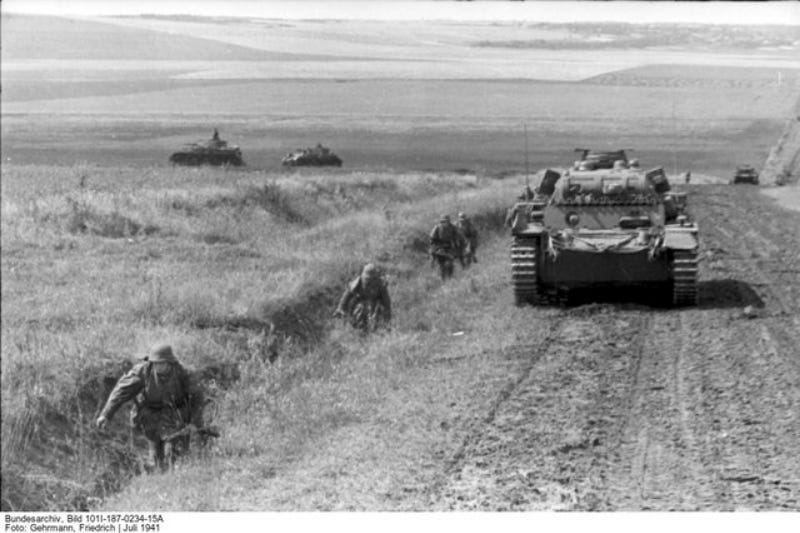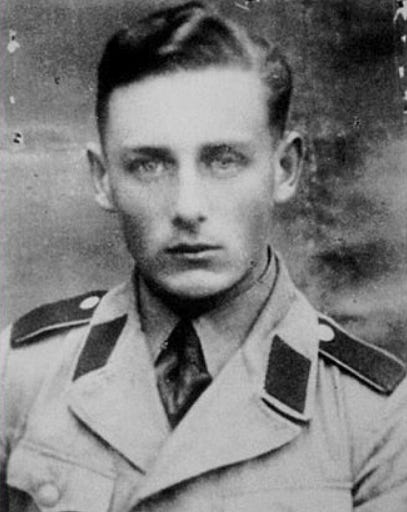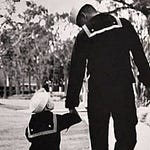It is the summer of 1941.
Helmut is a seventeen-year-old high school student who speaks German, Russian and Ukrainian.
He lives in a village in the Zaporizhzhia Oblast of eastern Ukraine, which was then a part of the Soviet Union.

Hitler has launched his invasion of the Soviet Union, forcing the Soviet army to retreat from eastern Europe.

German troops have followed in their wake and have arrived in Helmut’s village.

They have found him and have assigned him to work as an interpreter for a unit of the SS.

And he must also work for a Nazi mobile death squad, a unit which will kill more than 23,000 people in southeastern Ukraine during 1942 and ‘43.
Their killings will be fast and efficient.

On one occasion, Helmut’s unit will force disabled children out of an asylum into a mobile gas chamber installed in the back of a truck.
Once the children are locked inside, they will fill the chamber with poison gas, killing more than two hundred children in a single afternoon.
Ten years after the war ended, Helmut immigrated to Canada, and he didn’t tell Canadian immigration officials of his Nazi past.
He settled in Ontario, started a business, raised a family and became a Canadian citizen.

But in the 1990s, Helmut’s past caught up with him and Canadian authorities began efforts to deport him.
He spent the next thirty years fighting back in Canadian courts.
‘I never killed anyone,’ he would say, claiming the Nazis had forced him to work for them.
‘If I had refused, I would have been killed,’ he would say, noting the Nazi punishment for desertion was execution.


But for Canadian officials and much of the public, none of that mattered.
Helmut’s association with the Nazi death machine made him a war criminal.
And it was unforgivable.
Helmut died before the courts finally resolved his case.
And, for Jewish activists, his peaceful death on Canadian soil is ‘a stain on the nation’s conscience.’
Some stains never wear off.

















Share this post